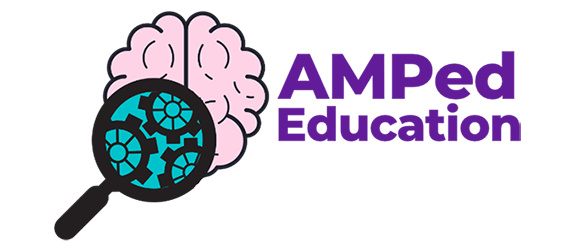If you’ve been following education news lately, you’ve probably heard about microschools.
 From claims that they will help with the growing teacher shortage, to a solution to school violence fears, smaller schools with personalized attention has many benefits. Students with special needs, or even those that just didn’t fit in in the traditional school system, are all finding success in these alternative schools.
From claims that they will help with the growing teacher shortage, to a solution to school violence fears, smaller schools with personalized attention has many benefits. Students with special needs, or even those that just didn’t fit in in the traditional school system, are all finding success in these alternative schools.
What are they? Are they right for my child? Why are they so popular? Can I afford a microschool? These are all questions parents looking for educational alternatives for their student ask. Microschools can be anywhere from a few, to over 100 students. While they can vary greatly in regards to style, curriculums, and mission, they share the common thread of being small, personalized learning centers for students of all ages. Organizations like the National Microschooling Center provide parents with information about how to find them and how to decide if they’re a good fit for their child.
Catching Students Falling Through the Cracks
Students who have struggled in the traditional school system for a variety of reasons, are finding success in microschools. While many do not qualify for an Individualized Education Plan (IEP) through the public school system, they would still benefit from the personalized learning, attention, and support a microschool can offer. The small, family-like feel of microschools allow students to thrive.
Post Pandemic Learning
COVID Learning Loss has left millions of students behind where they should be academically and socially. While billions in federal aid funded extra tutoring and other supports in the years following the pandemic, those dollars have since ended, leaving students struggling to catch up and progress simultaneously.
While schools were closed in 2020, many families turned to “Learning Pods”; small groups of students led by a teacher to continue their education. The number of students who actually improved academically in this period was surprising. Many children who had previously struggled in a traditional school environment were thriving with this new individualized attention and extra small class sizes. This led some families to find ways to continue this format of education even after schools re-opended. While microschools have existed for many years, the surge in popularity during and post COVID has brought about many new options for families.
 The Fall of Standardized Tests, College Applications Post COVID
The Fall of Standardized Tests, College Applications Post COVID
With an increasing number of colleges and universities becoming “test-optional” or even “test-blind”, the way students obtain admission into top schools is evolving. With less, or even no weight put on SAT and ACT scores for incoming freshmen, admissions staff are looking for other ways to determine if a student is a good fit for their program. Things like essay questions, community service, and projects completed during their K-12 years can all help set them apart from competition.
Many microschools employ Project Based Learning, leaving students with a long resume of community based projects to reference in their college applications. Creating a community garden, presenting to their city council about the importance of expanded recycling programs, facilitating access fairs and events for community members. The possibilities are endless and allow students to pursue their interests and get real-world experience that will not only help their applications, but deepen their understanding of the subject area.
The Right Choice for Many Students
Students and their families looking for smaller classes, more personalized attention, and hands on learning are finding that microschools are an excellent option for them. You can learn more about the ones in your area through the National Microschooling Center.


 The Fall of Standardized Tests, College Applications Post COVID
The Fall of Standardized Tests, College Applications Post COVID


